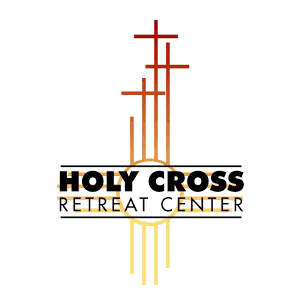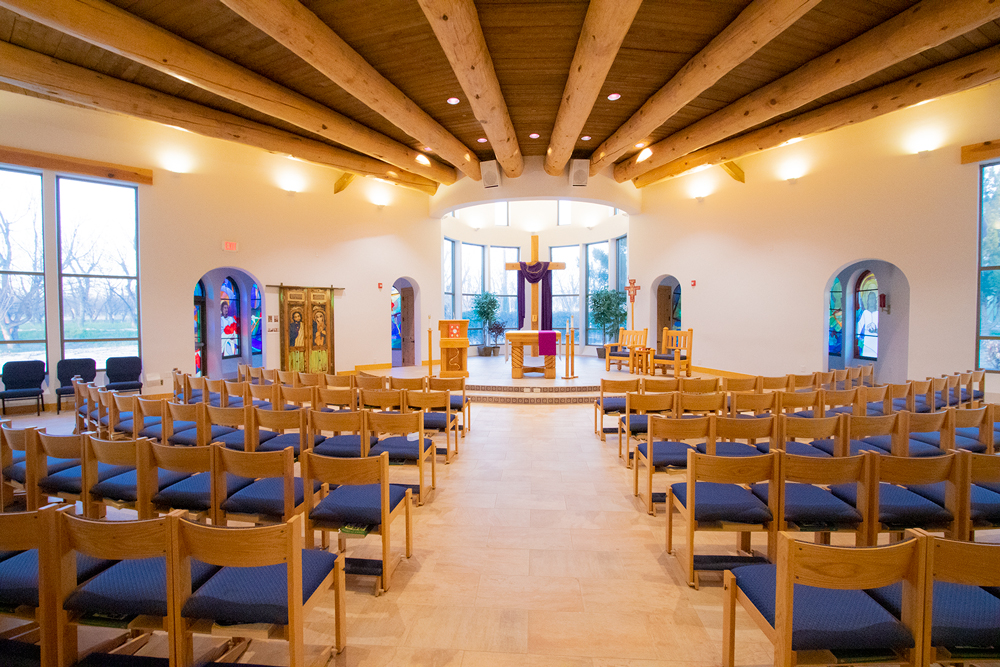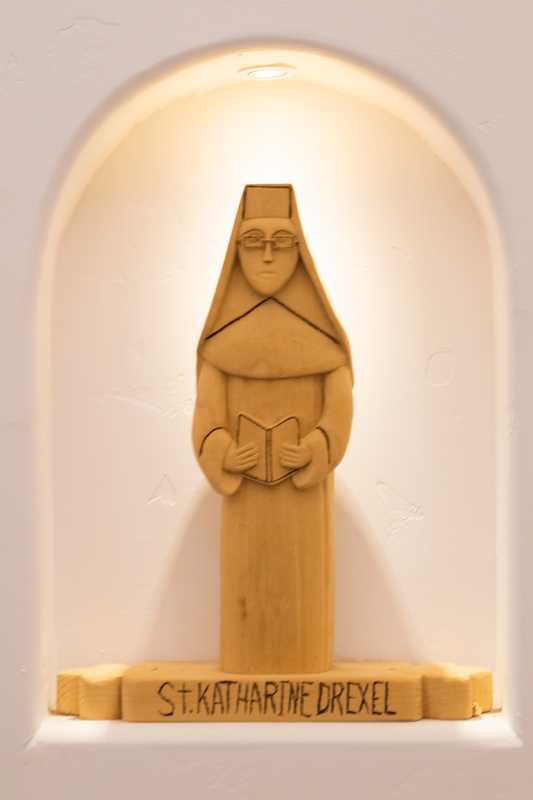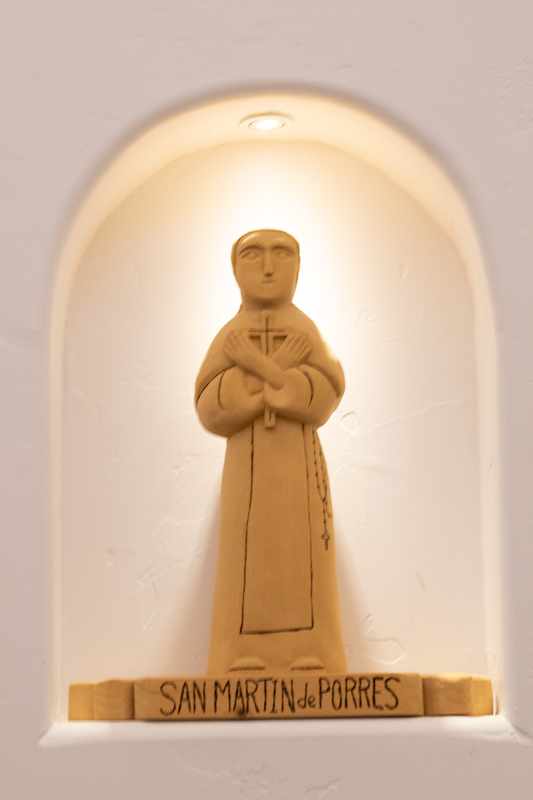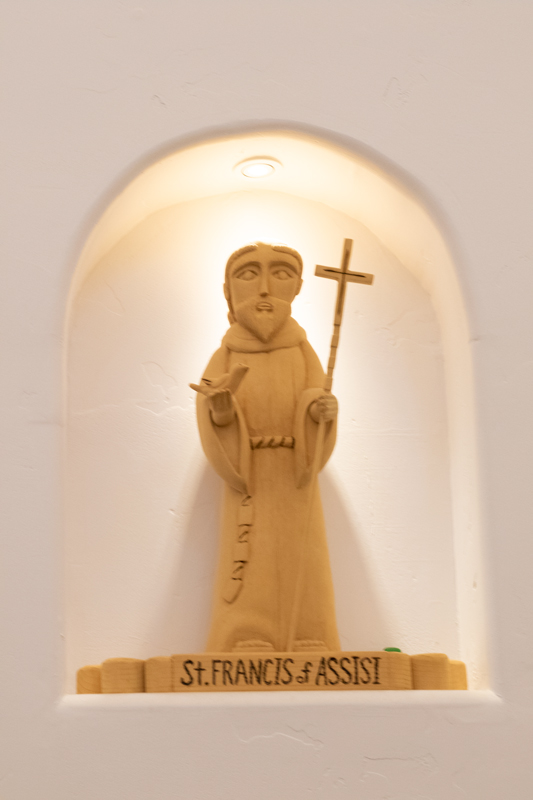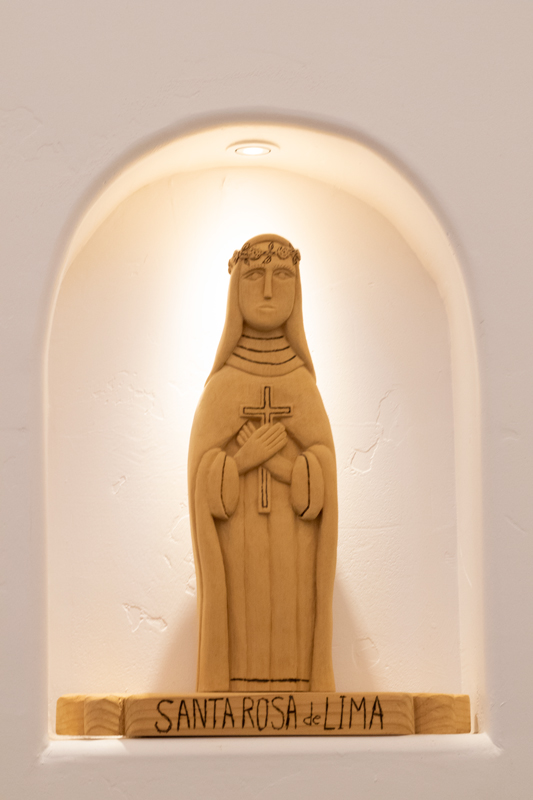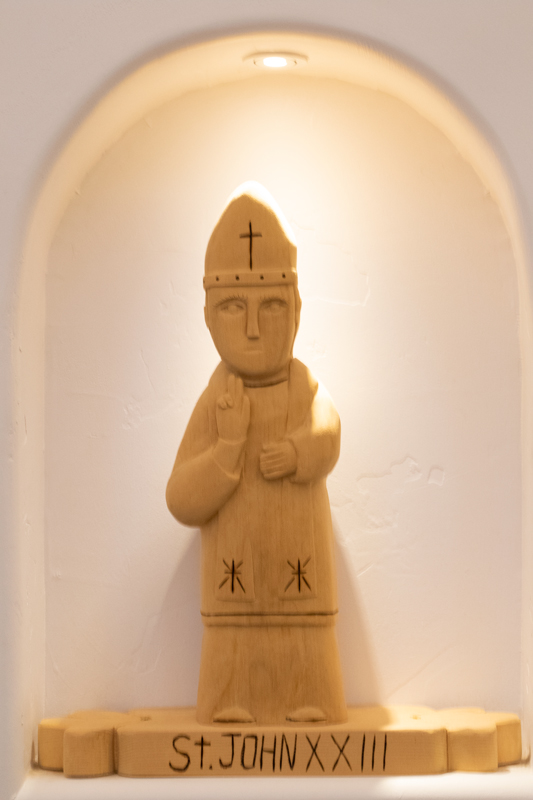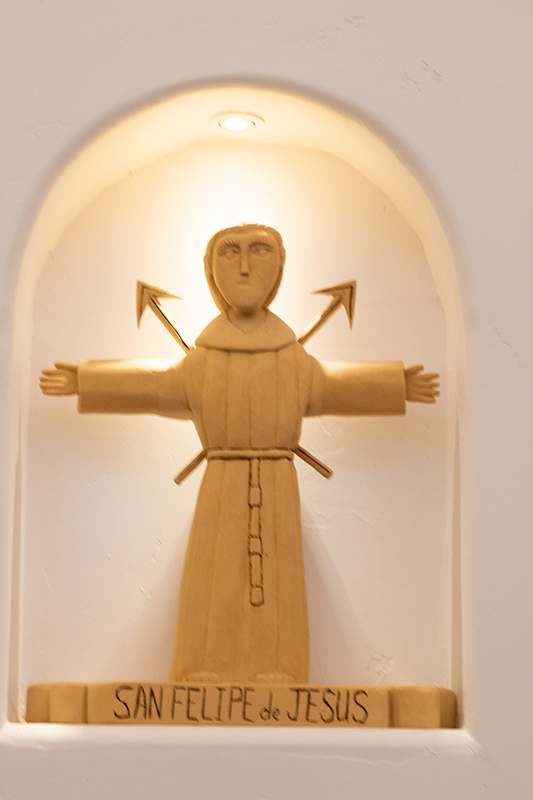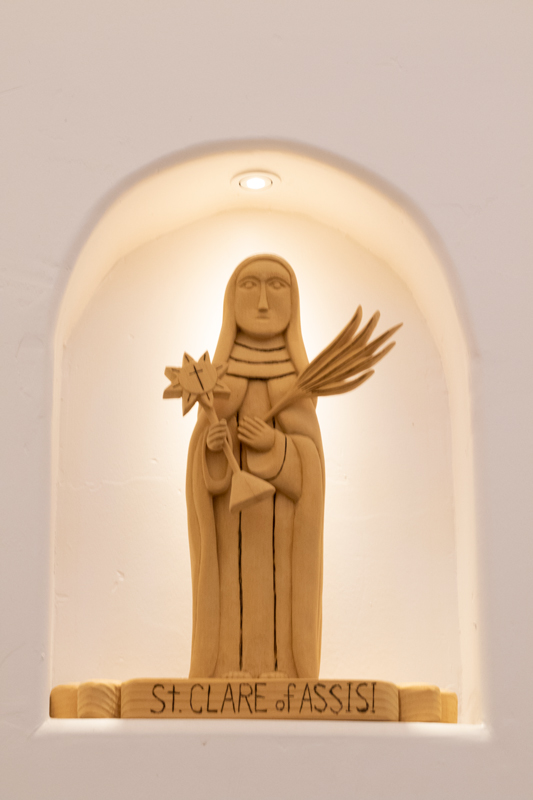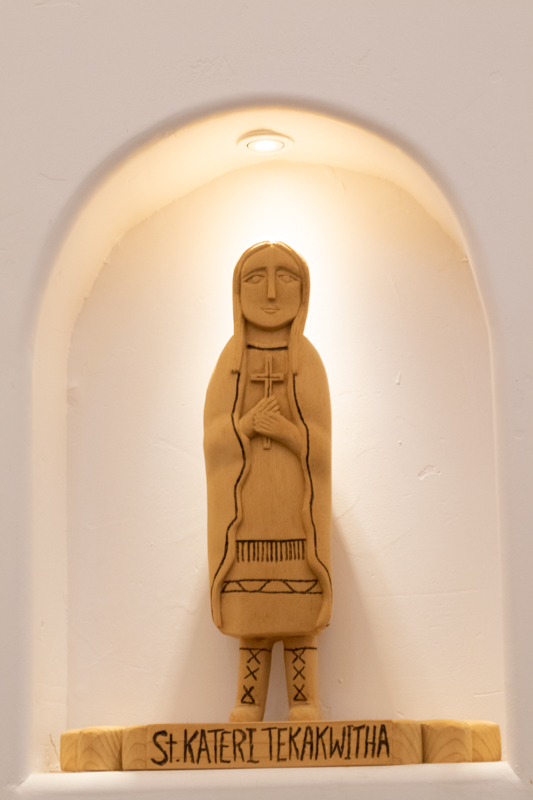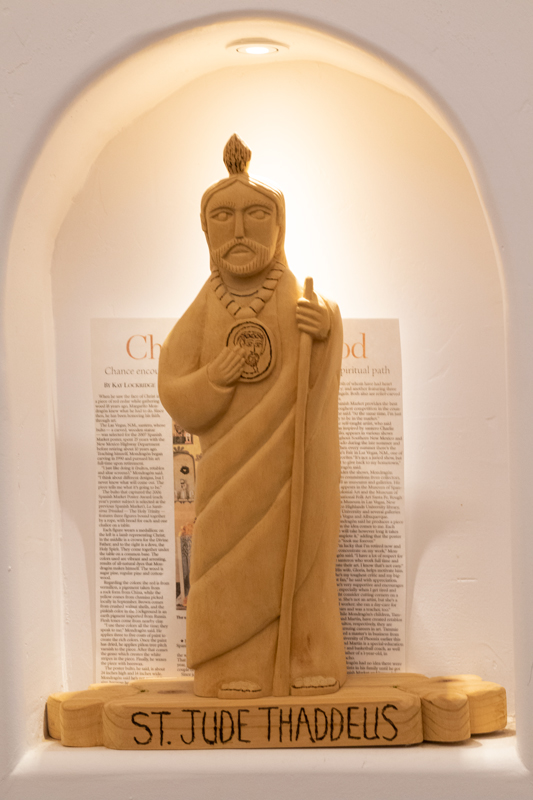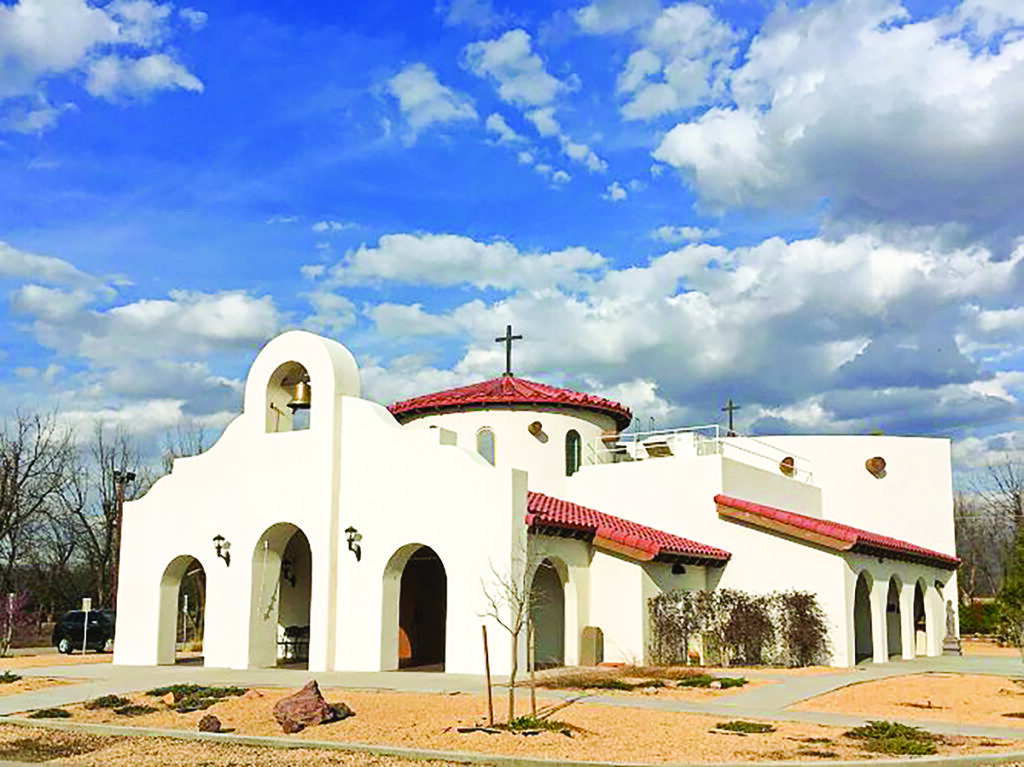
“We adore you of Christ and we bless you, here and in all your churches throughout the whole world, because by your holy cross you have redeemed the world.”
These words of St. Francis, which he himself recorded and persevered within the text of his Testament, provide background for understanding the mission of Holy Cross Retreat. This same vision characterized the preaching of the Franciscans in the mission area of Las Cruces more than three hundred years ago.
To a more ancient liturgical verse used on Good Friday, Francis added the words: “…here and in all your churches throughout the world.” He also added the word, “holy” to characterize the cross. Thus, the name, “Holy Cross.”
Initial inspiration for architectural design of this new chapel was taken from the words of St. Francis himself. In his day, and for centuries before him, in every church the cross itself was the central image and primary place of prayer. His earliest conversion prayer was a “prayer before the cross.” For Holy Cross Retreat the central place of prayer is before the cross.
We stand before the cross, not alone, but as members of the Body Christ in the communion of saints. And so we approach the cross first through a chapel of saints with whom we share the living water of baptism. On either side of the cross we are invited to two other prayer spaces: a chapel for reservation of the Eucharist and a chapel for honor of Our Lady of Guadalupe.
Directly in front of the cross at the Table of the Lord is the central and principal prayer chapel. There, surrounded by the other three chapels, we pray the great thanksgiving and memorial prayer of the Eucharist. There, we enter more fully into the mystery of salvation “which redeemed the world.” Then, upon leaving we view the way laid out for every Christian, the way of the cross.
Mass Time
Wednesday 6:30 pm in the main Chapel.
Other masses are as the groups request.
We will consider special masses for a funeral, anniversary, or other special events.
(not weddings though because they are on weekends usually when we have retreats)
In the center of the rotunda is a large hewn rock with the living water of baptism flowing over it. On the perimeter walls, above two banco’s, are 10 nichos with wooden statues of saints who welcome and bless all who enter in preparation of entrance into the sacred space. From the rotunda, the visible 14′ cross coming out of the floor at the altar draws you forward across a short subdued transitional space into the sanctuary. In the sanctuary every part of the architecture leads you to the cross, the large vigas in the wood ceiling point to the cross, the arched layout of the seating focuses on the cross and the altar in front.
On one side of the altar is a small chapel of Our Lady of Guadalupe which points to the cross, on the other side of the altar is a small chapel for the tabernacle which again points to the cross.
The cross is silhouetted by the windows in a second turret which encompasses the entire altar and the cross again with a soaring 20′ high ceiling. The Architecture creates a sense of spiritual experiences through the use of light, volume of spaces, natural materials of massive log vigas, stone, and contrasting white plaster, in a sacred place to contemplate in awe the presence of God. —Architect Bob Brotherton
Chapel Art
Statues by Margarito Mondragon
- St. Francis of Assisi-founder of the Franciscan Order and patron of Ecology
- St. Clare of Assisi- founder of the Poor Clares contemplative Order of women
- Blessed Miguel Pro—Jesuit martyred during the Cristero War in Mexico in 1927.
- St. Katharine Drexel-founder of the Sisters of the Blessed Sacrament, missionary to Native Americans in the Southwest, died 1955
- San Judas Tadeo-one of the 12 apostles, patron of people in difficult circumstances
- San Martin de Porres-Dominican from Lima, Peru, patron of interracial harmony, died 1639
- St. John XXIII- Pope who initiated Vatican Council II, Secular Franciscan, died 1963
- St. Kateri Tekawitha-first Native American saint, died 1680 patroness of the environment.
- San Felipe de Jesus-first Mexican saint, patron of Mexico City, martyred 1597
- Santa Rosa de Lima-patroness of Latin America, laywoman, and became first saint born in Americas in 1671.
Stations of the Cross by Virginia Romero
The primary impetus in Romero’s works emphasizes the realism and symbolism of Christ’s passion. Romero’s spiritual work is also regarded as demonstrating a deep respect for nature. In her own words: “My vision is that my work will inspire love and respect for each other and all living things, to promote a peaceful co-existence.
